Speaker
Dr
enrico carassale
(UNIGE-DAD)
Description
The motor yacht, in the course of its evolution in the modern period, ever since it has become an element of serial production and therefore of global diffusion, has profoundly retraced its typological identity: its external conformation has become over time an identifying element of the more different ways to conceive and decline yachting. By virtue of a principle closely related to social factors, its formal definition initially relates to styling and aerodynamics, for the only factor that presupposed a totalizing sporting experience, even in its aesthetic celebration: dynamism. The superstructure becomes precisely the field of choice through which this character find aesthetic definition. In its evolutionary path the recreational cabin cruiser will progressively move away from the boundaries of the mere stylistic research that had characterized nautical production for several decades, to retrace the typological boundaries in eminently functional terms. In recent times, it has become the interpreter of a complete evolution, not limited only to the formal- aesthetic field. It rediscovers its essence of habitable structure and, as such, its contiguity with the productive and research sectors related to the theme of the "habitable machine".
The superstructure of the modern boat represents an "interactive envelope", almost completely losing the self-referential definition, limited to the aesthetic field, which it had in the past. It becomes a technological envelope, with a complete interface with the environmental context; it is a metaphor for a possible transformation of the pleasure boat, which rethinks its relationship with the sea: passing from a consumerist phase to a more thoughtful one that respects the environmental resource. In the deck system, the original split between the interior and the external context – in particular, between the perimeter casing and the parts of the layout – is now increasingly attenuated on the basis of a progressive connection between these components: in the organization of a system, or of an increasingly complete interaction among heterogeneous elements. The superstructure then is no longer an isolated shell, but an integrated complex, dynamically adaptive with respect to environmental variables, and interactive with respect to the various parts of the set-up complex. It is the organism that regulates the functions and interactions of the living cell (understood as a complex object) in which the aesthetic apparatus has been progressively relativized. From this point of view, the nautical object could be seen as an evolved industrial product, as a significant field of application of heterogeneous specialties: the superstructure and the main deck become instruments of connection between the housing activity and the environmental context, in the multitude of aspects that the modern conception of life on board underlies. In the typological complexity the role of the project assumes a decisive importance, since, besides a formal and functional ideational tool, it becomes the programmer of the confluence of specific aspects. The excursus also aims to analyse the evolutionary process of the "total" project, which could be seen in its composition as a continuum, increasingly oriented to environmental compatibility and - from the point of view of optimization of resources - to the adoption of innovative manufacturing processes, technologies and materials. The result is the synthesis of a confluence of multiple specialist areas, some traditionally connected to the nautical sector, some unprecedented ones, others shared with different design and production sectors.
Primary author
Dr
enrico carassale
(UNIGE-DAD)



